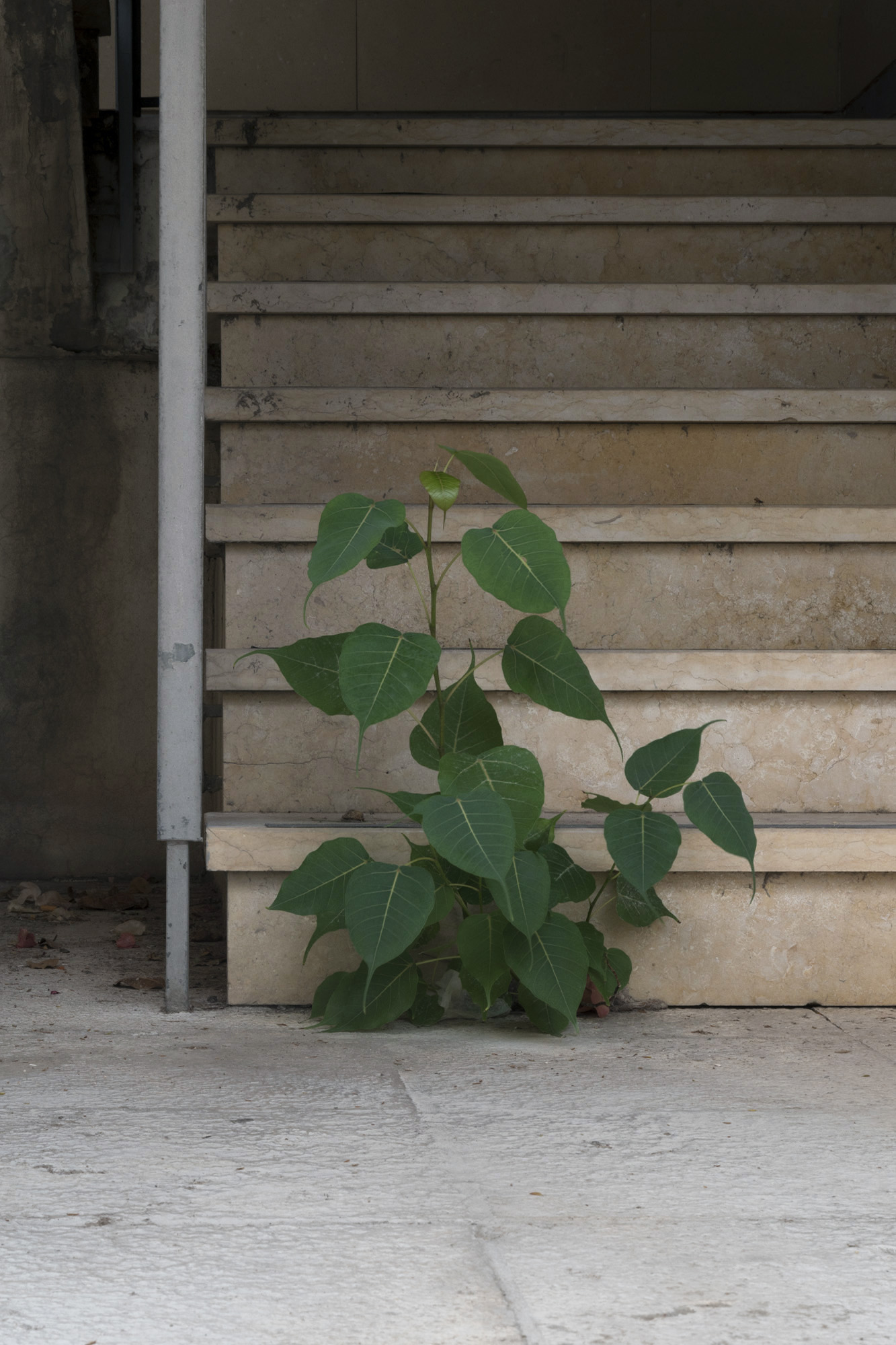Invasive Species / Neobiota
c-print, variable sizes, 2019If you walk the streets of Tel Aviv, you will see them wherever you turn. Shading the boulevards and gardens, growing in the cracks of sidewalks, in gutters and on rooftops. They are an integral part of the city, like the heat and the humidity, the beach-umbrellas and the street cats, the traffic jams and the window-shoppers. They are a part of the city's DNA. It wouldn't be the same without them.
These species of ficus tree originate in the far east and were first introduced to the area at the beginning of the 20th century. Since then they established a population that cansustain itself and reproduce independently. Thus, they are defined as invasive species. I find this duality fascinating: intrinsically belonging and at the same time being utterly foreign.
When it comes to invasive species, one will not find a decisive definition of what is native and what is foreign. The definition must contain two factors: time and place. The borders of the geographic areas, as well as the time from which something is considered not to be native to a certain area, vary. But in any case, we do not find the definitions in nature itself. Unlike trees, definitions are man-made.
I've focused on the ficus trees. Their appearance is unique. Sculpture like, alien like, I found them to be interesting subjects for portraits. It was important for me to show them as individuals, but also to hint at the environment in which they are found.
They grow where they can, they penetrate stone and concrete in search of water. They are the stranger who assimilated into new surroundings, that took place, took root.

Invasive Species, Inkjet print, 100X150 cm, 2019,
Exhibition view: Studienpreis des Freundeskreises
der HGB und der Sparkasse Leipzig 2019 (edition of 3)

Invasive Species, C-print, 20X30 cm, 2019 (edition of 20)